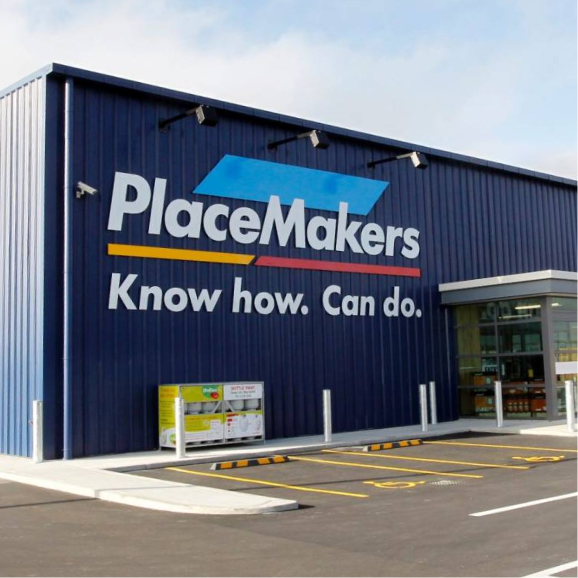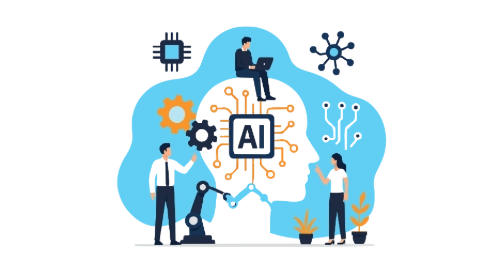If you are a Boomi user, you may have realised that Boomi are rolling out some significant changes to their deployment process in their March 2020 release. These changes are designed to improve traceability and management by allowing a set of processes to be grouped and deployed as a coherent unit – ensuring consistent process versions through all environments.
What is changing?
For users of the legacy deployment workflow – that is, the per-process deployment workflow which was the previous default – there are significant changes to the way that a process is deployed. Instead of looking at every process in isolation, processes will be grouped together into a “package component” which will then be deployed to an environment. This ensures that the process of promoting complex sets of changes through environments is much simpler and lower risk than previously, as consistency of processes is enforced by the Boomi platform.
- New Boomi Package and Deploy user interface: The single deploy screen is split into Packaged Components and Deployments. You can now perform deployment from within the package manager page. This screen also provides a searchable/filterable table of all packaged components instead of immediately starting with the create package workflow. The records in the table provide a number of menu actions including view details, view history, compare versions, and deploy.

- You no longer need to explicitly attach a deployable component to an environment.
- New Platform API endpoints. These are the endpoint used to create packages and perform deployments, and are most commonly used in conjunction with an external deployment platform such as Jenkins or Azure Pipelines. More information about the Legacy vs new API can be found at https://community.boomi.com/s/article/Understanding-Packaged-Component-Deployment-vs-Legacy-Deployment
- If you are currently using custom roles with deployment privileges, you will need to grant access to “Packaged Component Management” to maintain the same level of access for current users.
If you are already using the Package Manager workflow there are some minor changes to the existing process, mostly smoothing out rough edges and improving existing functionality.
- New Boomi Package and Deploy user interface: “Package Manager” tab is renamed to “Packaged Components”, you can now perform deployment from within the package manager page. This screen also provides a searchable/filterable table of all packaged components instead of immediately starting with the create package workflow. The records in the table provide a number of menu actions including view details, view history, compare versions, and deploy.
- New Platform API endpoints. These are the endpoint used to create packages and perform deployments, and are most commonly used in conjunction with an external deployment platform such as Jenkins or Azure Pipelines. More information about the Legacy vs new API can be found at https://community.boomi.com/s/article/Understanding-Packaged-Component-Deployment-vs-Legacy-Deployment
When is it changing?
After the March 2020 release is rolled out, all existing accounts using the package manager deployment will be automatically upgraded, and any new accounts will be provisioned with the new deployment process. Accounts using the legacy deployment process will receive a feature switch that account administrators can use to opt-in to the new process.
In the September 2020 release, all remaining legacy deployment accounts will be automatically converted.
How can I prepare?
You’ll be pleased to know that Boomi have created a free Boomi Training course covering this functionality: Preparing for Packaged Component Deployment. Once the new functionality is rolled out, you can create a free training account to explore the new capabilities.
If you would like assistance working through migrating to the new deployment process, or any other aspects of Boomi Integration, please contact us.



















